
Maybe you’ve won a little goldfish at a local fair or you’re bringing home some new pals from the store, and when you were handed your fish, you found that they were in a little bag.
You know enough about fish to know that they can’t live there forever.
Otherwise, what are tanks for?
You need to know how long fish can live in a bag.
Will they make it home?
How are they going to survive in there?
How Long Can Fish Live in a Bag?
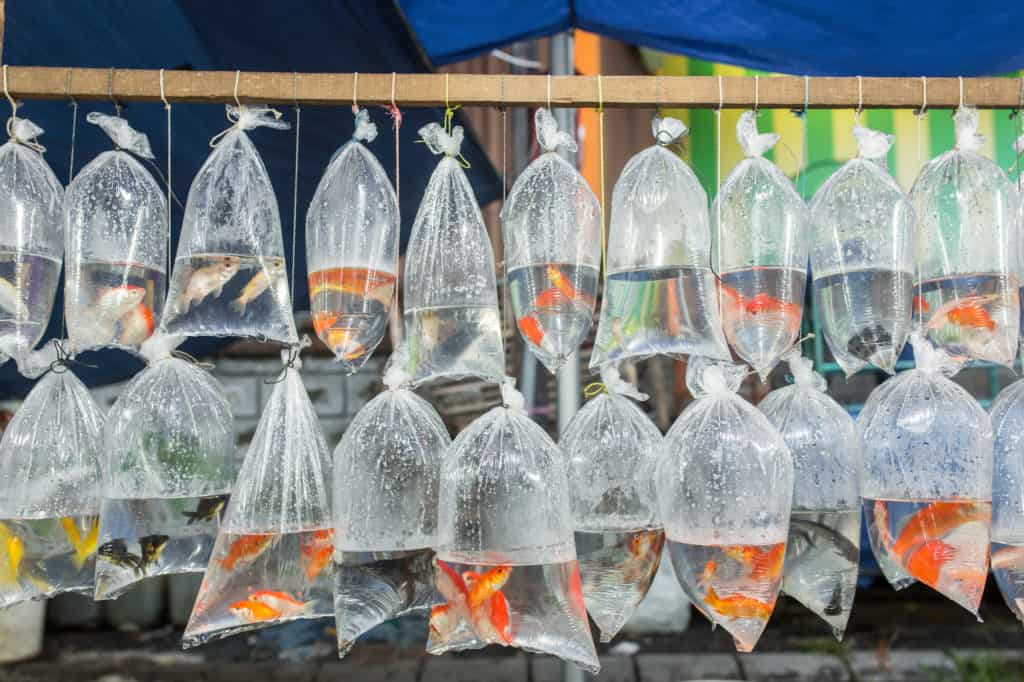
Fish can live in a small bag for at least seven hours.
If you’re driving home from the fair with your child’s new pet with them in the backseat, don’t worry about them not making the trip.
They should be just fine.
If you’re shipping fish, however, the longest they will survive in a large polyethylene bag filled with pure oxygen is three days.
Why Can’t Fish Live in a Bag?
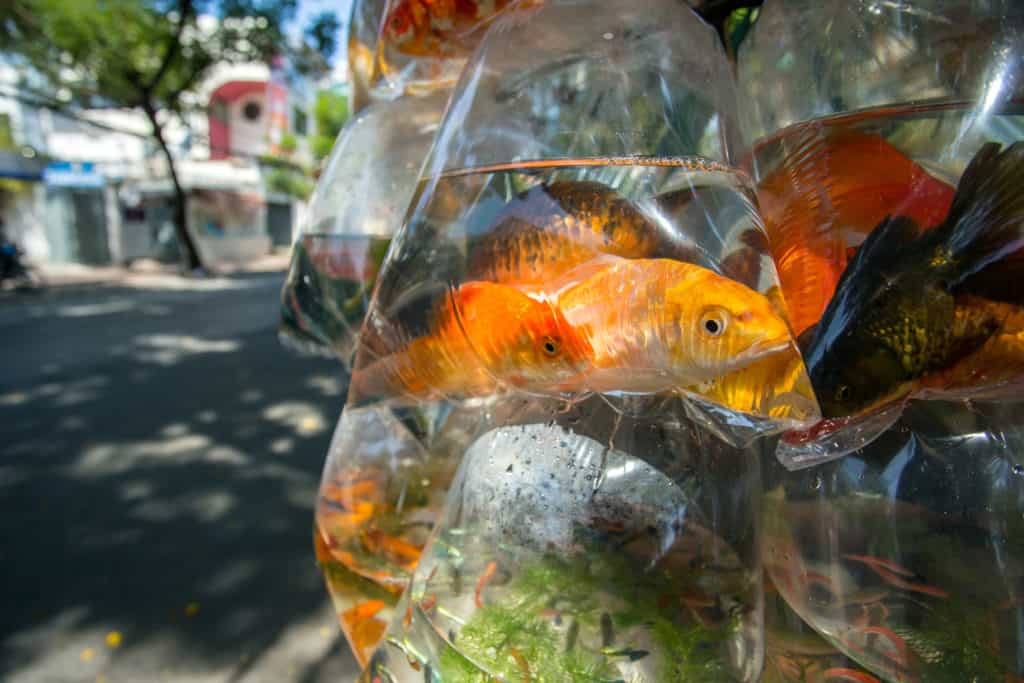
You might be wondering, “Well, they’ve survived this long in that bag.
Why do I need a tank at all?”
The answer boils down to oxygen.
Fish need oxygen to live, and their tied-off bag only has so much air for them to breathe.
Once all that oxygen has been used up, they will begin to suffocate, just like you or I would.
Plus, a bag is far from the proper environment.
Different fish have different needs which cannot be met while they are being kept in a bag.
It’s best to transfer your new fish to their tank safely when you get home or make it to your destination.
How Does Bag Size Affect My Fish?

Fish can live for different periods of time in bags depending on two factors: the bag size and the oxygen content.
The best bag sizes for large quantities of fish should be big enough to hold between 1.5 and 2 gallons of water, measuring 18 by 32 inches.
The polyethylene should be 3 mil thick at, least, but more experienced shippers use 4 mil bags instead.
Speaking of bag size, one thing you might be tempted to do is use something like a zip-lock bag for quick and easy transport.
Don’t do that.
Some zip-lock bags will end up being harmful to your fish.
Only use quality polyethylene bags to transport your fish.
Oxygen should take up two-thirds of whatever size bag you end up transporting your fish in, and water should only use up one-third of the bag’s volume.
If there’s more water than air in the bag, your fish is more likely to suffocate.
Oxygen Consumption Factors

Some other factors to consider range from the number of fish to the bag’s temperature.
If you’re looking to transport larger quantities of fish, this is everything you need to know.
If you’re transporting multiple fish, it’s better to get a larger bag.
More fish in one bag means a higher oxygen consumption rate.
This can reduce the amount of time they can safely spend in their bag.
As sad as it is to say, not every fish will always make it.
When dead fish are in a bag with live fish, they can reduce the amount of oxygen.
Bacteria can and will grow on the deceased fish’s slime, which will use up the oxygen that the live fish could be breathing.
The temperature of the water is also an important factor.
Fish are fine with moderate temperatures, but if they get too hot or too cold, it can shock your fish too much and even kill them.
If the weather is severe and you’ll be traveling for more than 45 minutes, use warm or cold packs to regulate the bag’s temperature.
Fish also take up more oxygen when they’re excited.
Try to avoid startling and upsetting your fish during transport, and be as gentle as possible.
How Fish Survive When Shipped
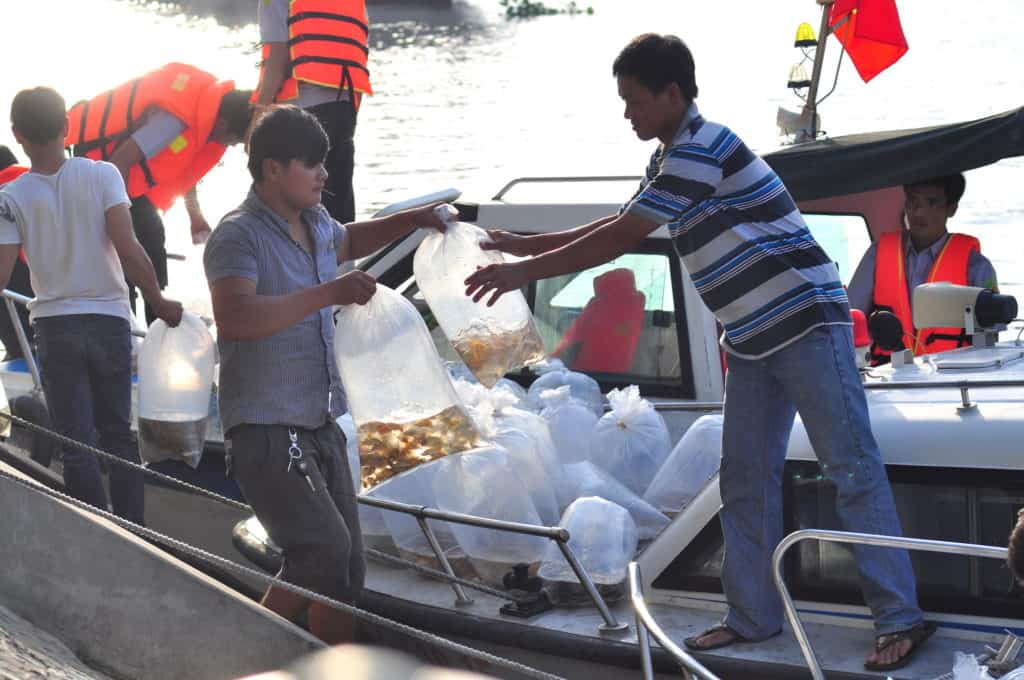
When fish are shipped, their (often very large) bags are filled with pure oxygen.
The purer the oxygen, the longer the fish will last.
When fish are shipped by professionals, they can survive for two to three days, all thanks to a combination of careful handling, pure oxygen, and temperature regulation.
Other ways fish are kept alive during shipping include taping the corners of the bags upward to square up the bags.
This prevents smaller fish from swimming into the corners and getting stuck.
That’s a common problem when “pillow slip” bags are used.
Other bags are made with square bottoms, so they sit flat and prevent corners altogether.
Double- or triple- bagging fish also has a hand in protecting the bag holding your fish from being punctured.
Tips for You

Here are a few quick tips which can also help with shipping fish, or simply travelling with them yourself for long periods of time.
You might find yourself wanting to add antibiotics to the bag of fish.
That will end up doing more harm than good.
If you suspect a bacterial disease is in the water, treat the fish prior to shipping or transporting.
This next tip should be a no-brainer: don’t shake or jostle the bag.
A little movement is fine.
Ripples and movement in the water helps the oxygen get to your fish so it can breathe.
However, if the movements become too rough, it can cause stress and even damage the bag.
Be as gentle as possible with them.
Finally, if you’re looking to ship or you’ll be transporting fish over long periods of time (about a day or two), you’ll want to make sure your fish are ready.
Your fish should be in well aerated, clean water before being packed away in a bag.
If you can, make sure your fish are denied all food 24 hours before they’re packed away.
This will reduce the amount of waste in their bag.
How to Transfer Your Fish from a Bag to Their Tank
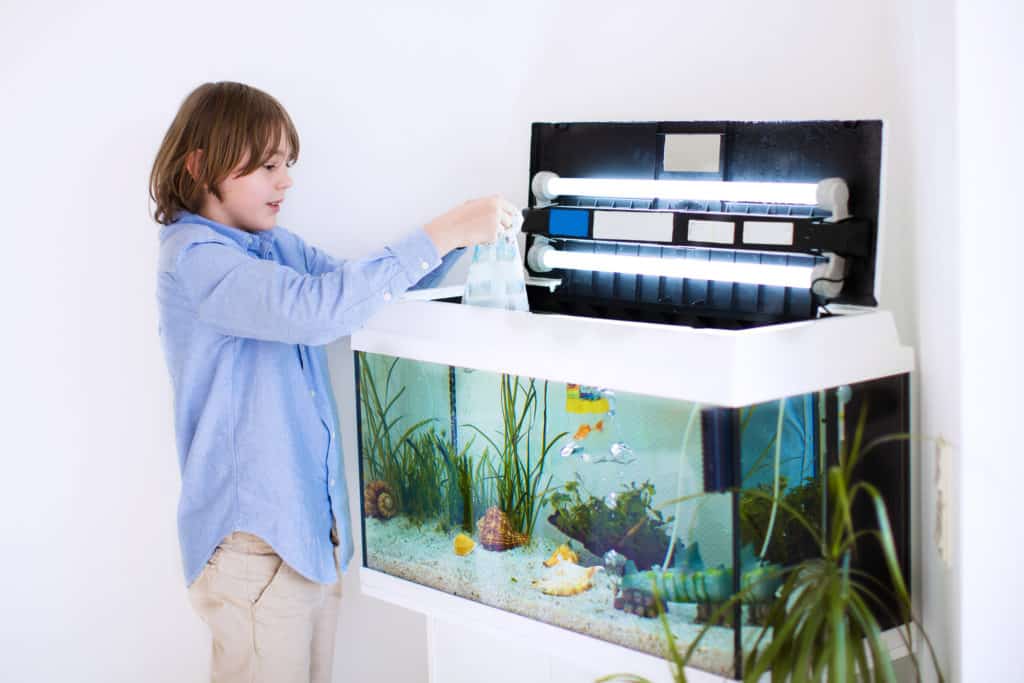
Now that your fish have made the trip home, it’s time to transfer them to their new tank, but don’t transfer them immediately.
Place the unopened bag inside the aquarium full of water and let it float unopened for 20 minutes before you open the bag and start putting small quantities of water inside.
The last thing you want to do is shock your fish. Keep an eye on them to make sure they’re adjusting well to their new home.
Once the plastic bag is about halfway full, and your fish seem comfortable, they should be fine to transfer fully into their new tank.
Simply let them go, and you’re done.
Bag and Badder than Ever

Now that you know how long fish can live in a bag, you’re ready to transport whatever aquatic challenge comes your way!
Just be sure to double check your fish and make sure they’re prepared for the expected amount of time they’ll be spending in their bag.
Keep our tips in mind and your fish will be right where they need to be before you know it.
All the best to you and your fish.
Safe travels!
How did your fish fare?
Leave a comment below and let us know how transportation went!
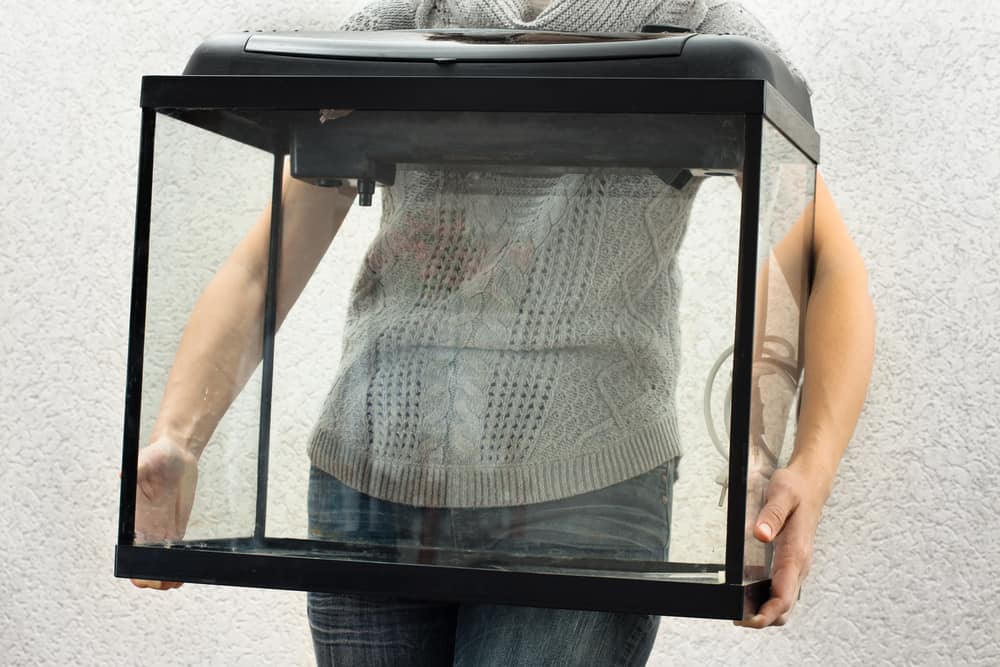

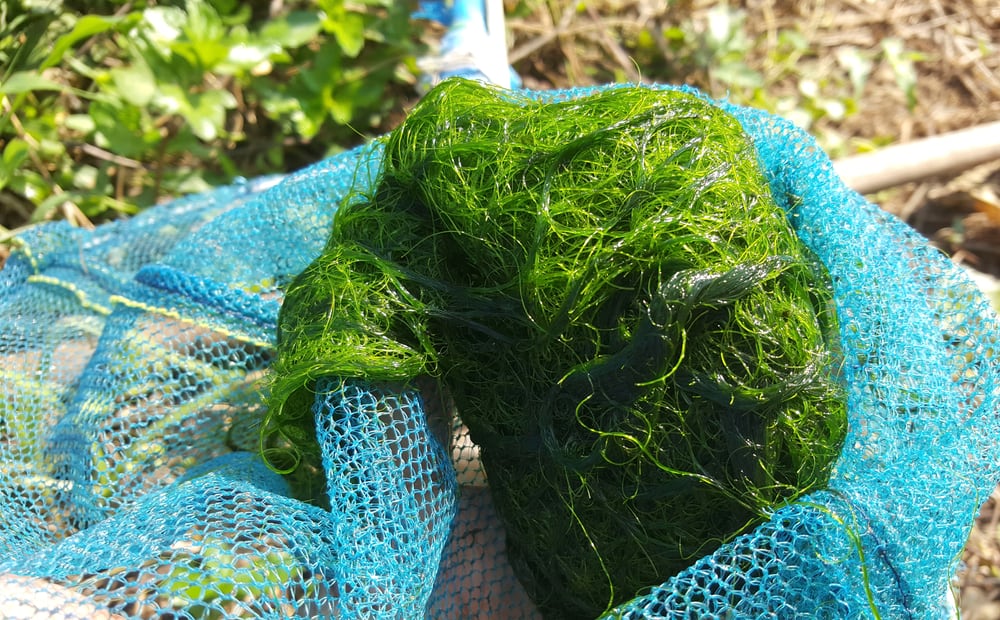
Leave a Reply
You must be logged in to post a comment.